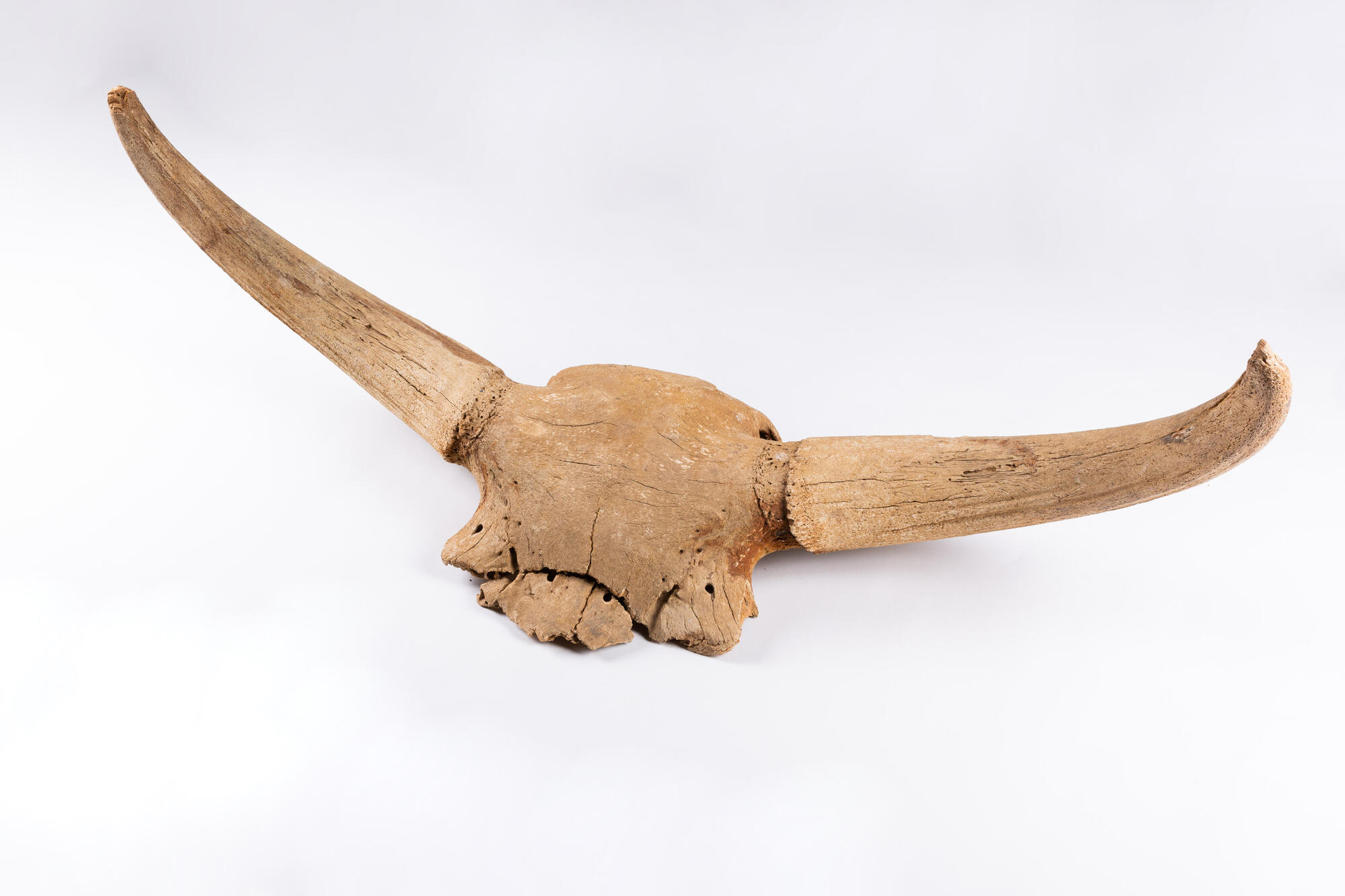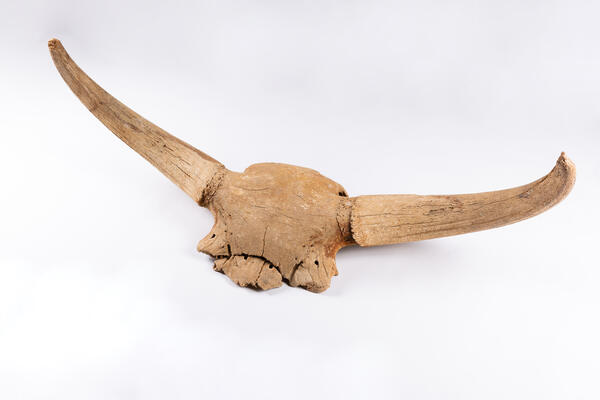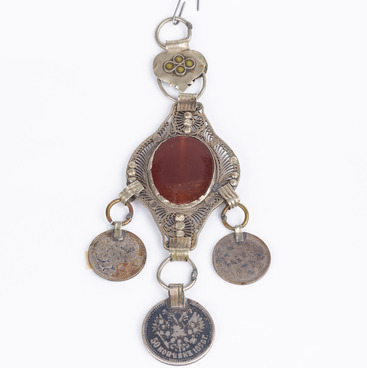The prehistoric steppe bison was a member of the mammoth genus. The first bison appeared on Earth during the late Pliocene, approximately 2.5 million years ago. At the time, these prehistoric animals weighed more than 1,000 kilos.
Scientists note that the bison skulls and teeth kept growing larger through evolution. Specifically, they reached their maximum size about 500,000–700,000 years ago, when bison started actively spreading across America and Asia, where they migrated along a land bridge known as Beringia. The main bison habitat was the frozen Ice Age steppe. These horned giants subsisted on steppe grass.
They did not live to be more than 25 years old. Mature males were two meters tall, while the length of their body exceeded 3 m. They weighed about 2.5 metric tons. The enormous horns grew on either side of the bison’s head and were slightly curved upwards. Their span could exceed a metre. For instance, one bison skull found by modern researchers has a 1.8-meter horn span.
The bison bodies were covered in dense hair that completely concealed their spinal crest, shoulders, neck, head, and even the upper forelegs. A single bison hair could be up to half a metre long. Matted and shaggy, the bison coat hung over their eyes and formed a “beard” around their chin and throat.
Despite their impressive weight and size, the steppe bison were actually quite agile. They could easily outrun any predator. Their gallop speed reached fifty km per hour. And when it came to strength and endurance, they knew no rivals, except perhaps for prehistoric aurochs or wild yaks. No predator could ever dream of felling a bison when facing it one on one.
While not aggressive, the bison were capable of launching a quick counterattack if threatened. As predators barely left a dent in the bison population, they continued to multiply rapidly.
The most modern bison carcasses found in the Northern Ural region date back to the late Pleistocene. Scientists believe that the prehistoric steppe bison became extinct due to the global warming 10 thousand years ago. The European bison and American bison are the surviving contemporaries of this ancient species.
Scientists note that the bison skulls and teeth kept growing larger through evolution. Specifically, they reached their maximum size about 500,000–700,000 years ago, when bison started actively spreading across America and Asia, where they migrated along a land bridge known as Beringia. The main bison habitat was the frozen Ice Age steppe. These horned giants subsisted on steppe grass.
They did not live to be more than 25 years old. Mature males were two meters tall, while the length of their body exceeded 3 m. They weighed about 2.5 metric tons. The enormous horns grew on either side of the bison’s head and were slightly curved upwards. Their span could exceed a metre. For instance, one bison skull found by modern researchers has a 1.8-meter horn span.
The bison bodies were covered in dense hair that completely concealed their spinal crest, shoulders, neck, head, and even the upper forelegs. A single bison hair could be up to half a metre long. Matted and shaggy, the bison coat hung over their eyes and formed a “beard” around their chin and throat.
Despite their impressive weight and size, the steppe bison were actually quite agile. They could easily outrun any predator. Their gallop speed reached fifty km per hour. And when it came to strength and endurance, they knew no rivals, except perhaps for prehistoric aurochs or wild yaks. No predator could ever dream of felling a bison when facing it one on one.
While not aggressive, the bison were capable of launching a quick counterattack if threatened. As predators barely left a dent in the bison population, they continued to multiply rapidly.
The most modern bison carcasses found in the Northern Ural region date back to the late Pleistocene. Scientists believe that the prehistoric steppe bison became extinct due to the global warming 10 thousand years ago. The European bison and American bison are the surviving contemporaries of this ancient species.



